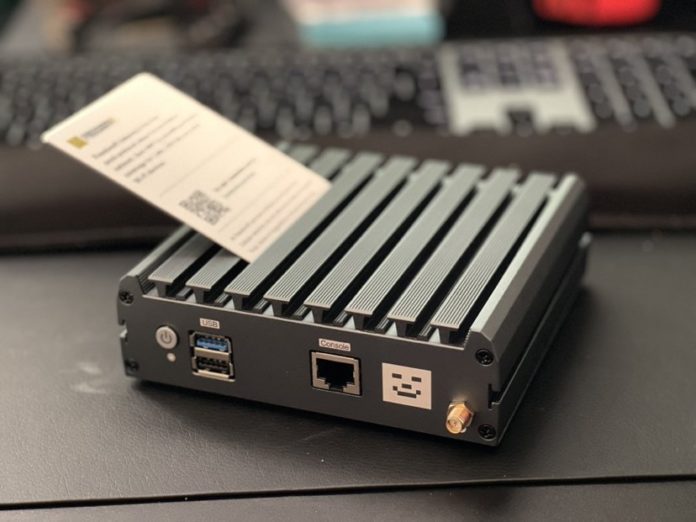Former FCC commissioner: ‘The partnership between FreedomFi and Helium highlights a great new path to utilize CBRS’
Last year, RCR Wireless News spoke with Helium’s COO Frank Mong about the company’s work with FreedomFi to create a massive global network without spending “billions and billions of dollars.” The solution, he said, came in the form of blockchain and cryptocurrency. Inspired by bitcoin’s rise to fame, Helium created a new cryptocurrency that users can mine from FreedomFi’s 5G, CBRS-compatible gateways, creating user incentive to help mobile operators densify wireless coverage.
At the time of the interview, the concept was still in development, but this past week, FreedomFi announced that its first Helium-enabled 5G gateways have been shipped. The FreedomFi Gateways are a consumer-deployed connectivity device that pairs with 5G antennas and have been designed to interoperate with the Helium Network, which is a decentralized open wireless network.
“Once deployed the FreedomFi gateways/radios will provide a zero Capex data offload option for wireless network operators to densify their 5G coverage,” the company said in an email correspondence.
Prior to the partnership, FreedomFi was focused on simplifying the process of deploying a CBRS radio using its Gateways. According to FreedomFi’s CEO Boris Renski, the partnership is a “marriage” of the incentive mechanism developed by Helium with the ease of a CBRS radio deployment.
The modified FreedomFi Gateways will utilize Magma — the company’s open source software package — as well as the open-source Helium blockchain, in a single device. This, said the companies, makes it possible for hosts to receive a direct economic stake in the 5G networks they power.
“The Gateways are the perfect way to augment the existing capacity of macro-cell tower operators,” Boris Renski, CEO at FreedomFi, previously told RCR Wireless News. He added that doing so allows for the use of CBRS small cells in urban areas, rapidly adding network density without adding additional expenses for the operators.
The Helium hotspot contains the blockchain, which allows individuals to put the hotspot inside their homes and start creating coverage. “The hotspots will talk to each other and the blockchain forces them to prove themselves and that they’re creating real, useful coverage. By proving that, you mine the cryptocurrency,” said Mong.
The peer-to-peer coverage idea has garnered support from the industry, with former FCC Commissioner Michael O’Rielly commenting that the partnership between FreedomFi and Helium “highlights a great new path to utilize CBRS and delivers on the promise of innovation and creativity always envisioned out of the band.”
“Turning consumer gateways into network distribution tools and merging with ultra-hot cryptocurrency — consistent with the companies’ plans — may just be the step needed to help supercharge private 5G deployment. Now we get to see if the market agrees!” O’Rielly said.

